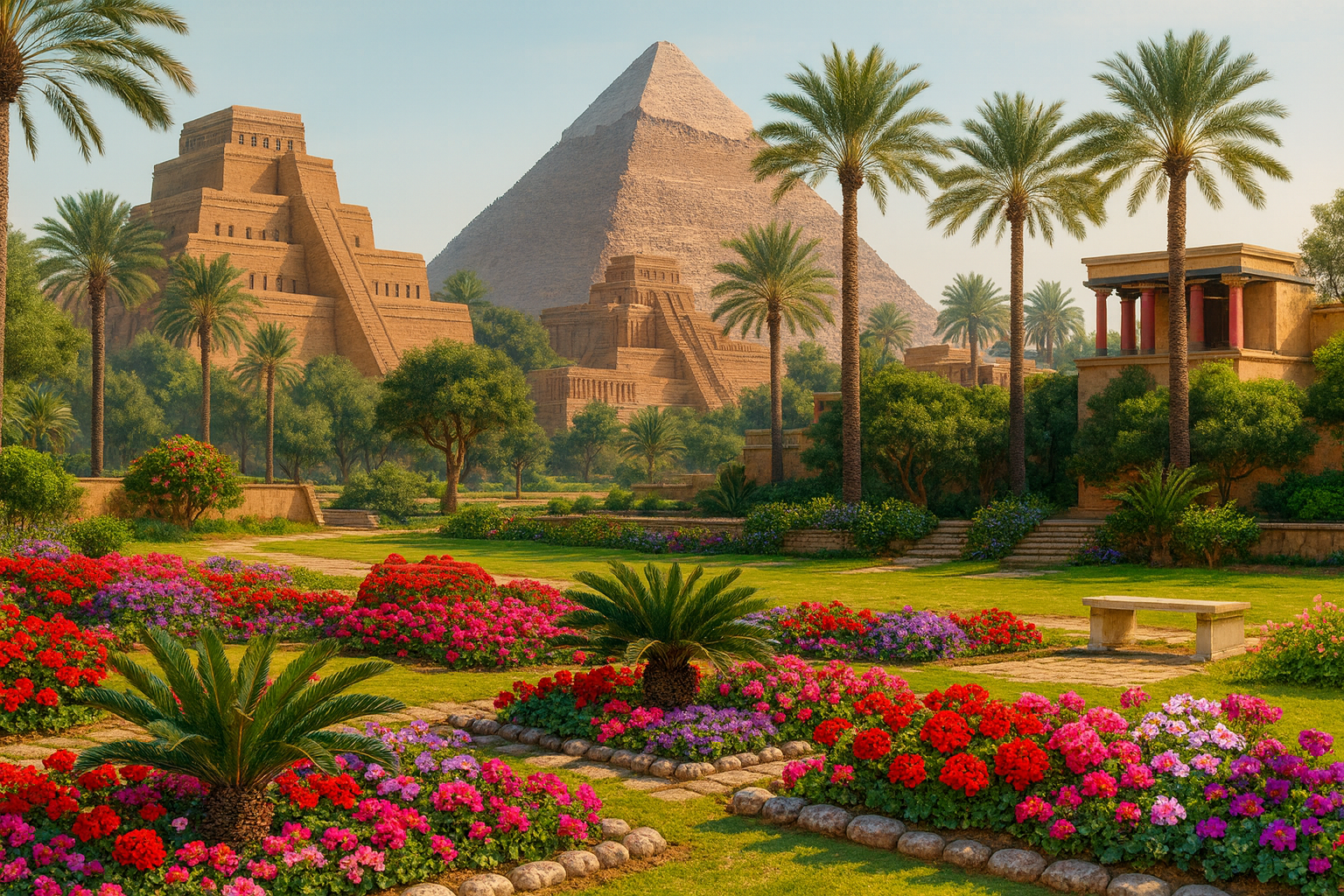Archaeologists have uncovered a vast Bronze Age settlement in Kazakhstan that is forcing scholars to rethink what life looked like on the ancient Eurasian steppe. The site, known as Semiyarka, dates to around 1600 BCE and covers approximately 140 hectares, an area comparable to nearly 260 football fields. Perched on a plateau above the Irtysh River, the city reveals evidence of highly organized urban planning, including rectilinear earthworks, structured residential compounds, and a monumental central complex believed to have served ritual or administrative functions.
For decades, dominant theories held that Bronze Age populations in this region were largely nomadic and lacked permanent urban centers. Semiyarka directly challenges that view. The settlement shows all the hallmarks of a planned, permanent city, indicating a level of social organization and political coordination previously underestimated for the Central Asian steppe world. Its strategic location, overlooking ravines and ancient trade corridors, offered both natural defense and access to critical resources, positioning it as a powerful regional hub.
Even more striking is the evidence for industrial-scale metal production. Excavations uncovered large quantities of slag, crucibles, and tin-bronze artifacts, representing some of the strongest evidence yet for a major metallurgical center in the steppe zone. The site’s proximity to the metal-rich Altai Mountains suggests that Semiyarka played a key role in early long-distance trade networks, helping to spread tin-bronze technology far beyond modern-day Kazakhstan and into broader Eurasian exchange systems.
An international research team from Kazakhstan, the United Kingdom, and other European institutions employed advanced techniques such as geophysical surveying, aerial imaging, and materials analysis to map the settlement and understand its complexity. Their work reveals that Semiyarka was not an isolated outpost but part of a dynamic, interconnected world. The findings have been published in the 2025 study “A major city of the Kazakh Steppe? Investigating Semiyarka’s Bronze Age legacy” in the journal Antiquity, marking Semiyarka as one of the most important Bronze Age discoveries in Inner Asia in recent decades.







